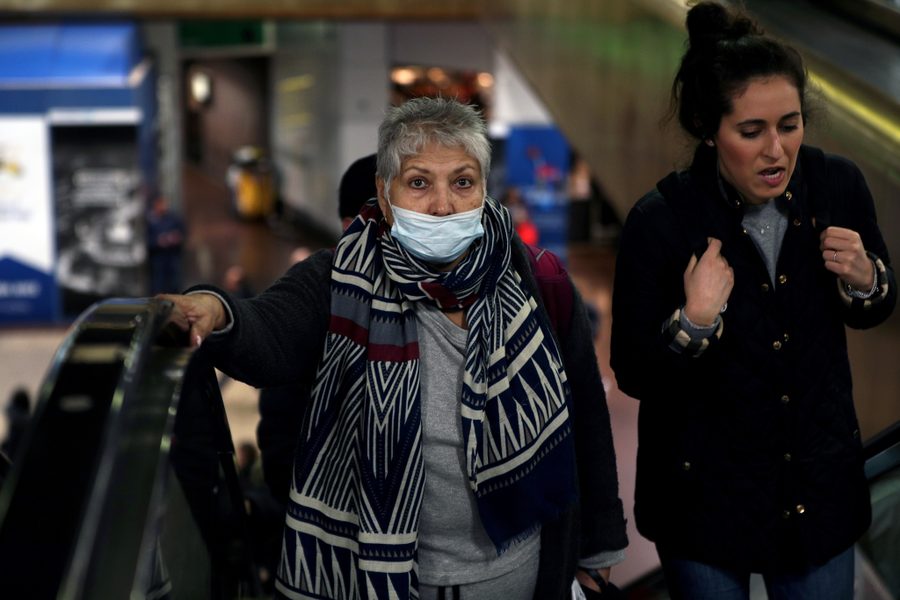
The United States is unprepared for the COVID-19 pandemic given that many workers throughout the economy will have financial difficulty in following the CDC’s recommendations to stay home and seek medical care if they think they’ve become infected. Millions of U.S. workers and their families don’t have access to health insurance, and only 30% of the lowest paid workers have the ability to earn paid sick days — workers who typically have lots of contact with the public and aren’t able to work from home.
There are deficiencies in paid sick days coverage per sector, particularly among those workers with a lot of public exposure. The figure below displays access to paid sick leave by sector. Information and financial activities have the highest rates of coverage at 95% and 91%, respectively. Education and health services, manufacturing, and professional and business services have lower rates of coverage, but still maintain at least three-quarters of workers with access. Trade, transportation, and utilities comes in at 72%, but there are significant differences within that sector ranging from utilities at 95% down to retail trade at 64% (not shown). Over half of private-sector workers in leisure and hospitality do not have access to paid sick days. Within that sector, 55% of workers in accommodation and food services do not have access to paid sick days (not shown).
Of the public health concerns in the workforce related to COVID-19, two loom large: those who work with the elderly because of how dangerous the virus is for that population and those who work with food because of the transmission of illness. Research shows that more paid sick days is related to reduced flu rates. There is no reason to believe contagion of COVID-19 will be any different. When over half of workers in food services and related occupations do not have access to paid sick days, the illness may spread more quickly.
What exacerbates the lack of paid sick days among these workers is that their jobs are already not easily transferable to working from home. On average, about 29% of all workers can work from home. And, not surprisingly, workers in sectors where they are more likely to have paid sick days are also more likely to be able to work from home. Over 50% of workers in information, financial activities, and professional and business services can work from home. However, only about 9% of workers in leisure and hospitality are able to work from home.
Many of the 73% of workers with access to paid sick days will not have enough days banked to be able to take off for the course of the illness to take care of themselves or a family member. COVID-19’s incubation period could be as long as 14 days, and little is known about how long it could take to recover once symptoms take hold. The figure below displays the amount of paid sick days workers have access to at different lengths of service. Paid sick days increase by years of service, but even after twenty years, only 25% of private-sector workers are offered at least 10 days of paid sick days a year.
The small sliver of green shows that a very small share (only about 4%) of workers — regardless of their length of service — have access to more than 14 paid sick days. That’s just under three weeks for a five-day-a-week worker, assuming they have that many days at their disposal at the time when illness strikes. The vast majority of workers, over three-quarters of all workers, have nine days or less of paid sick time. This clearly shows that even among workers with access to some amount of paid sick days, the amounts are likely to be insufficient.
A version of this post originally appeared at the Economic Policy Institute.




